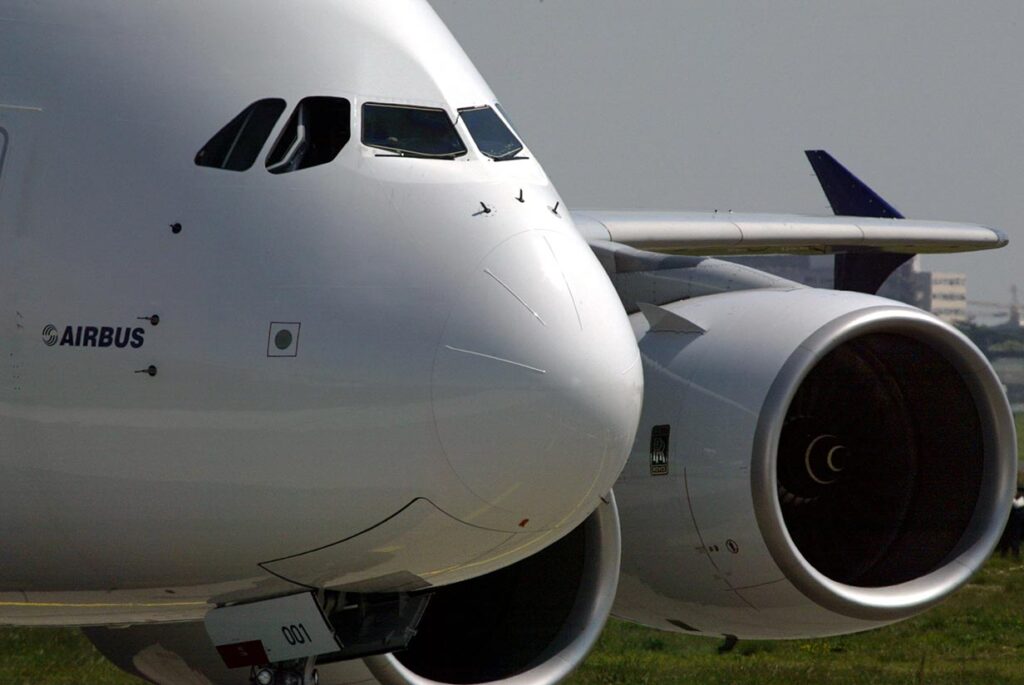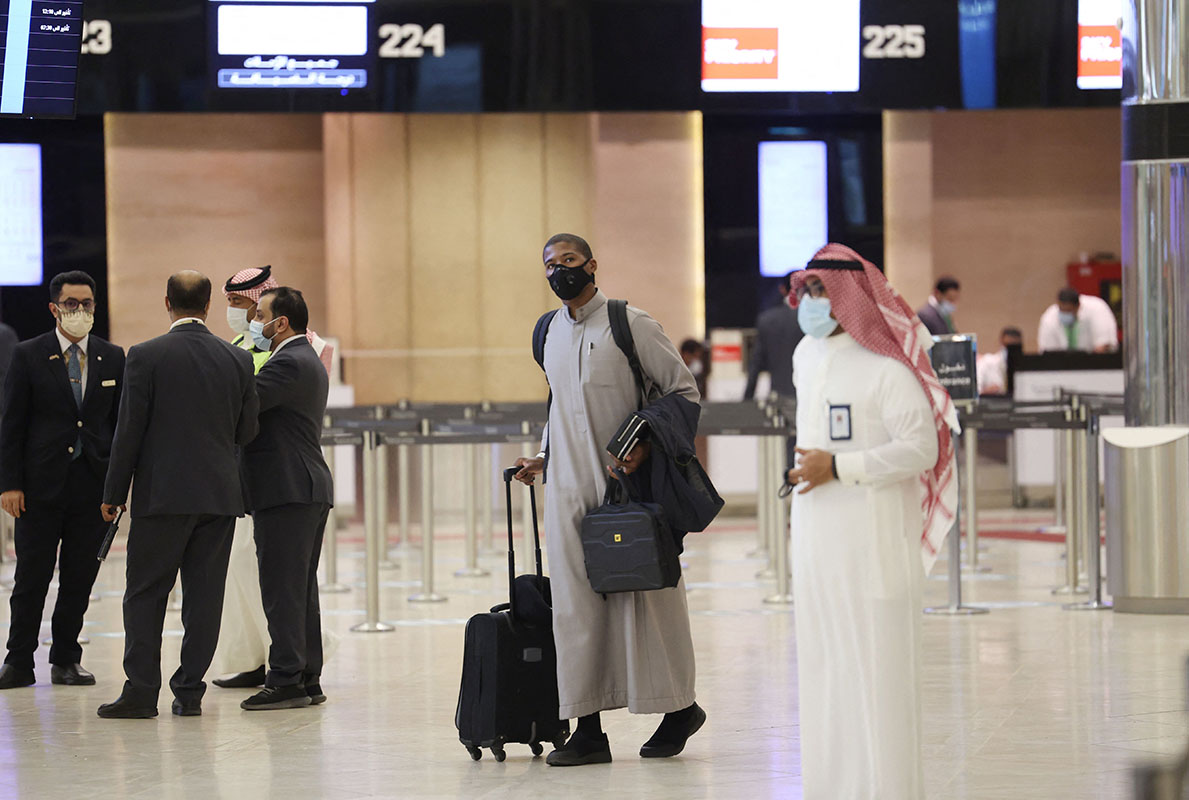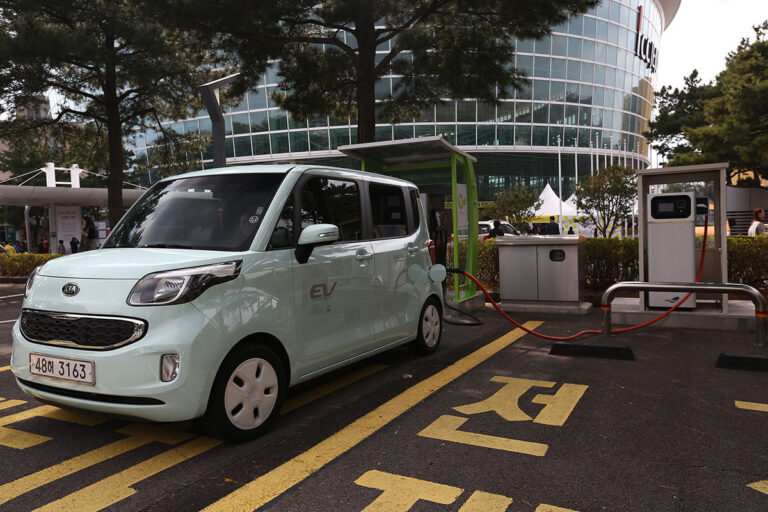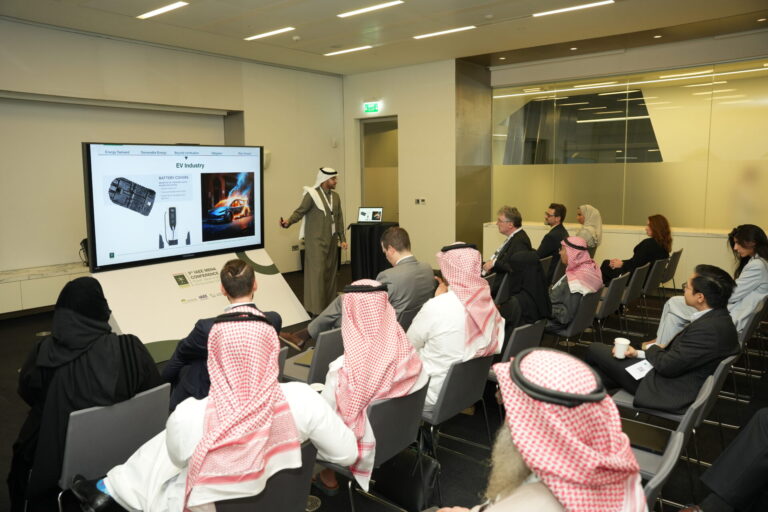As the world grappled with the COVID-19 pandemic, commercial air travel was badly hit. While the overall impact on the aviation industry was devastating, certain flights departing from some airports experienced improvements in energy efficiency during the pandemic period, a new study of Saudi Arabian aviation has shown.1
Analyzing the factors behind this finding reveals a range of measures that airlines could implement to achieve ongoing efficiency gains as air travel recovers, says KAPSARC researcher, Andres Felipe Guzman, who led the work. These measures could offer an important mechanism for improving aviation sustainability, Guzman says.
Over recent decades, travel to and within Saudi Arabia has been transformed by the growth of commercial aviation. In 2022 the Kingdom had 27 operating airports, of which 13 received international flights—a significant increase from just three international airports in the early 1980s.
Similar patterns of air travel growth have occurred worldwide. In many economies, air travel for business and tourism has become a key factor in stimulating job creation, trade and overall economic growth, but the growth of commercial aviation is at odds with the need to curb carbon emissions.
Emissions expansion
“Aviation is well known as a hard-to-abate sector, meaning that reducing greenhouse gas emissions is challenging due to the sector’s difficulty in finding alternative energy sources to conventional fossil-based fuels,” Guzman explains. Aviation currently accounts for 2–3% of anthropogenic emissions, and 12% of transport emissions—proportions set to rise with projected further increases in air travel, and as other sectors decarbonize.
While research into technologies such as low-carbon alternative fuels and electric aircraft is underway, there is no simple, sustainable replacement for fossil-derived aviation fuel. To address the sector’s growing emissions internationally, airline businesses and regulatory authorities have initially targeted carbon-neutral air travel growth, toward the goal of net-zero carbon emissions by 2050.
“A range of measures is required to decrease aviation CO₂ emissions in the short, medium, and long term,” Guzman says. “A holistic approach is essential, combining various strategies to achieve meaningful progress.” Energy efficiency in the aviation industry often remains an overlooked factor among the available measures: most efforts focus on the development of Sustainable Aviation Fuel (SAF) as the most effective pathway.
“These practices highlight the flexibility within the aviation industry to adapt to crises by implementing efficiency-focused strategies.”
Andres Felipe Guzman
A comprehensive strategy that incorporates energy efficiency, SAF, operational improvements, and technological advancement is necessary to ensure sustainable, long-term reductions in aviation emissions.
Aviation companies and regulators should look more closely at energy efficiency, the new KAPSARC analysis shows. “Our study demonstrates how the energy efficiency of flights departing from airports in Saudi Arabia has achieved significant improvements when comparing the pre-and post-COVID-19 pandemic periods,” Guzman says. “As a result, this study highlights how energy efficiency can cost-effectively reduce emissions and contribute to the multifaceted strategies aimed at reducing global emissions.”

By grounding aircraft that were less fuel-efficient, adjusting flight schedules and optimizing operations, airlines were able to achieve energy efficiency levels. ©GEORGES GOBET/AFP via Getty Images
Analyzing disruption
The team’s airline energy efficiency analysis was conducted on five years of commercial flight departure data from 20 Saudi airports, covering the period from 2017 to 2021. “This timeframe enabled us to capture pre-pandemic trends, the disruption caused by COVID-19, and the early stages of recovery, providing a comprehensive view of how external factors can influence energy efficiency,” Guzman says.
In the period before the pandemic, Saudi Arabia’s aviation sector was becoming gradually more energy efficient. Some airports, notably Jeddah, Dammam, and Riyadh, showed consistently higher energy efficiency than others. “This difference indicates that airlines’ efforts to optimize their operations, and to use more fuel-efficient aircraft, were likely yielding positive results,” Guzman says.
The onset of the pandemic in 2020, along with travel restrictions designed to limit the spread of COVID-19, altered this picture dramatically. Globally, the aviation industry’s fuel demand almost halved from 2019 to 2020. Within Saudi Arabia, passenger numbers fell by 65% over the same period, along with the energy efficiency of most flights.
“Given the abrupt changes in air travel demand and operational adjustments necessary to meet public health requirements, this energy efficiency decline was expected,” Guzman says. Notably, however, the team found the reduced energy efficiency wasn’t seen universally across all flights.
“It was surprising to see that some flights achieved better energy efficiency during the pandemic, even with the severe restrictions and reduced flight volumes,” Guzman says. This improvement seemed counterintuitive, given the generally lower passenger load factors and disruptions to regular operations that airlines were experiencing, he says. But the gains could be explained when the team examined the management practices that airlines deployed.
By grounding aircraft that were less fuel-efficient, adjusting flight schedules and optimizing operations, airlines were able to achieve energy efficiency levels on some flights that exceeded pre-pandemic performance, the KAPSARC analysis found.
“These practices highlight the flexibility within the aviation industry to adapt to crises by implementing efficiency-focused strategies,” Guzman says. “The same strategies could also be applied in non-crisis situations to enhance sustainability,” he adds.
For example, the team found that routes which were previously under-utilized by passengers, and therefore less efficient because planes would fly half-full, benefited from operational adjustments made during the pandemic. “The crisis apparently created a unique opportunity to recalibrate certain flight operations, resulting in longer-term efficiency gains for those routes, Guzman says. “This shows that there’s untapped potential for improving energy efficiency on less trafficked routes under the right conditions.”
In recovery
The final time period of the analysis, covering 2021, showed that overall aviation energy efficiency in Saudi Arabia was beginning to recover from the impact of the pandemic, as travel restrictions were eased. The team identified several pointers for continually improving aviation energy efficiency in the future.
Some of the greatest energy efficiency gains during the pandemic came from the grounding of the less fuel-efficient aircraft in airline fleets, Guzman notes. “This finding suggests that airlines could adopt more adaptive fleet management strategies, regularly rotating or grounding less efficient aircraft based on demand and operational needs, even in non-crisis times,” he says.
The analysis also highlighted new areas for research that could contribute to more sustainable air travel. For example, the fuel efficiency gains in previously under-utilised flight routes underscore the potential for adjusting routes and schedules to improve energy efficiency. The finding suggests that exploring advanced route optimization algorithms to enable more dynamic and fuel-efficient route planning would be warranted.
“It would also be interesting to implement programs that incentivize energy-efficient airline practices, such as discounts for airlines that meet certain efficiency benchmarks,” Guzman says. “Researching the effectiveness of such programs could provide insights into policy initiatives aimed to reduce emissions in the aviation sector.”
Future research could also explore the impact of various aircraft types on energy efficiency, particularly how the deployment of different aircraft impacts energy efficiency on specific routes and airport types. “This research could inform investments in fuel-efficient aircraft tailored to particular operational contexts,” Guzman says.
The study also highlighted the significant variability in efficiency of different flights departing from airports across the Kingdom, suggesting that infrastructure may play a significant role. “Our ongoing research is examining how airport design, ground operations and infrastructure contribute to overall energy efficiency, and how strategic airport locations can enhance global air transportation,” he says.
Reference
Guzman, A. F., Gonzalez, J. N., Alwosheel, A. Energy efficiency trends in Saudi Arabian commercial aviation before and after COVID-19. Transport Research Interdisciplinary Perspectives 26, 101170 (2024)┃Article




